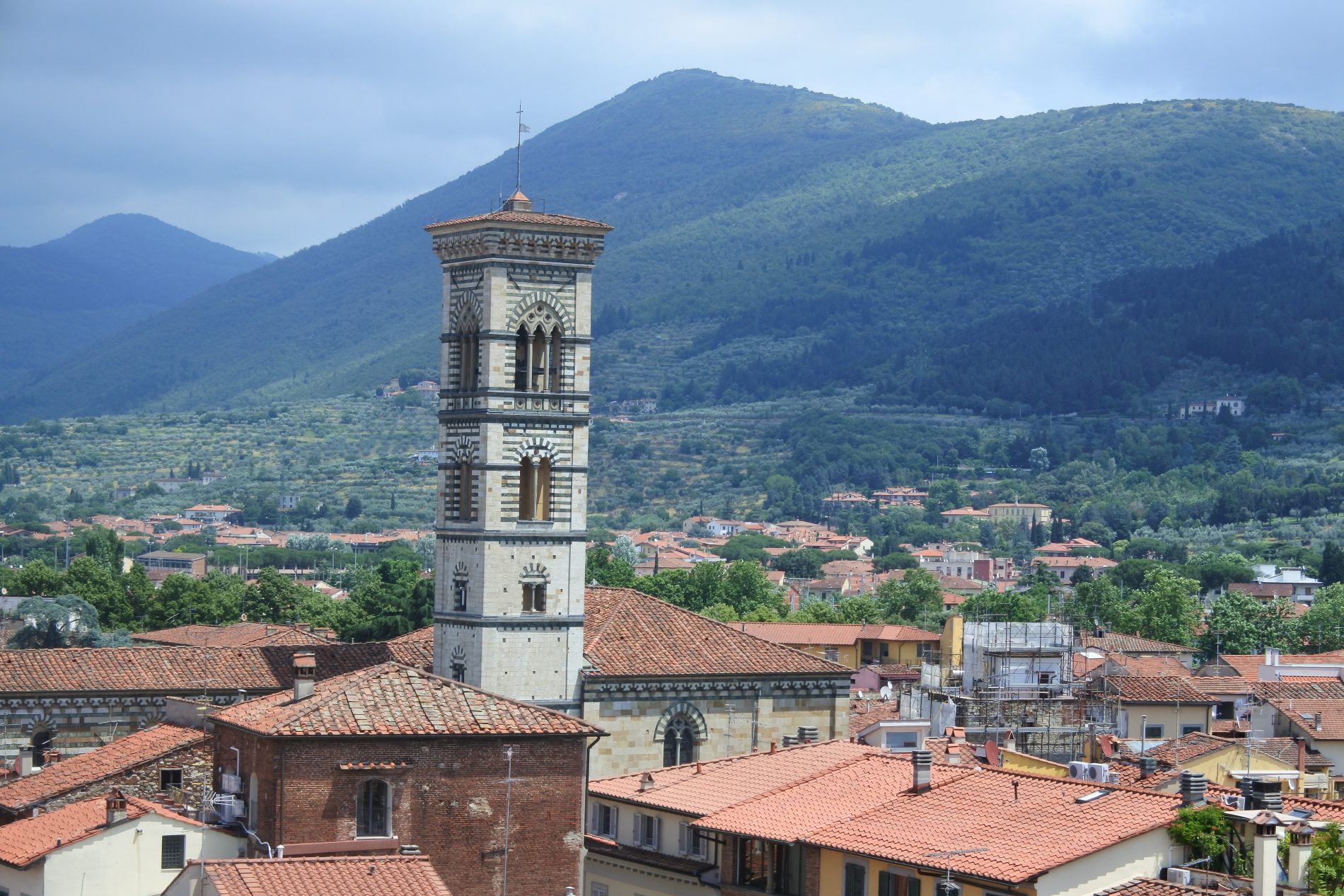
There are places that are a bit unfortunate, which don’t enjoy a good reputation, or rather, are often overshadowed by stories with negative connotations. The textile crisis and the “invasion” of the Chinese were the events that most frequently brought Prato to the fore, a populous Tuscan town second only to Florence in terms of population.
And yet … where there was the largest nineteenth-century factory (the Campolmi cimatoria) within the medieval walls of Prato, today there is the largest Textile Museum in America, the heart of Prato’s historical memory.
Industrial archeology well valued
I never imagined seeing one of the best examples of industrial archeology in Prato. Well valued by the architect Marco Mattei in its mutation from a textile factory to a cultural factory. The layout of the collections is suggestive and interesting.
You can also admire the gigantic 19th century steam boiler and the large tank for collecting water, located in the internal courtyard of the museum complex with the chimney behind it which stands tall among the roofs of the historic centre. The museum has become a true engine of cultural initiatives and research in the textile sector.
Top level museums
Even if the former Campolmi factory alone would be worth a visit, there is much more to see in Prato. Starting with the Piazza del Duomo, dominated by the Cathedral of Santo Stefano, a Romanesque-Gothic jewel embellished by the external pulpit by Donatello and the frescoes by Filippo Lippi and Paolo Uccello.
And also the Palazzo Pretorio, today a surprising and very well organized museum, which allows you to appreciate the mastery of artists of the caliber of Filippo Lippi and his son Filippino, Giovanni da Milano and Bernardo Daddi.
Not to mention castles and churches
Not to be overlooked is the Emperor’s castle, a splendid example of Swabian architecture from the times of Frederick II. It is flanked by another Prato surprise: the Greek cross basilica of Santa Maria delle Carceri.
Designed by Giuliano da Sangallo at the behest of Lorenzo de’ Medici, it is considered a masterpiece of the early Renaissance. We could go on listing other beautiful monuments that dot the streets and squares of the historic centre, but we’ll leave the taste of exploration up to you.
Dulcis in fundo, it is appropriate to say…
However, we cannot fail to point out another characteristic of this town, which makes it particularly attractive.
For an incredible astral conjunction, here’s a concentrate of confectionary art. From the biscuits of Prato Mattei and the Forno Steno, in nearby Vaiano, to the artistic creations of two of the best pastry chefs in America.
They are Paolo Sacchetti and Luca Mannori; go and find them and you will be ecstatic. Happy tasting!
© Brugam
